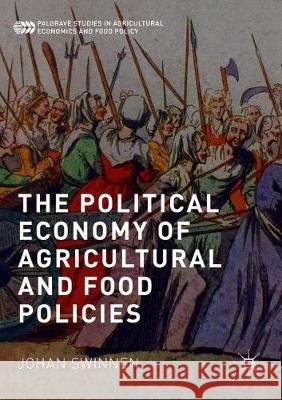The Political Economy of Agricultural and Food Policies » książka
topmenu
The Political Economy of Agricultural and Food Policies
ISBN-13: 9781349698943 / Angielski / Miękka / 2019 / 254 str.
The Political Economy of Agricultural and Food Policies
ISBN-13: 9781349698943 / Angielski / Miękka / 2019 / 254 str.
cena 523,30
(netto: 498,38 VAT: 5%)
Najniższa cena z 30 dni: 501,19
(netto: 498,38 VAT: 5%)
Najniższa cena z 30 dni: 501,19
Termin realizacji zamówienia:
ok. 22 dni roboczych
Bez gwarancji dostawy przed świętami
ok. 22 dni roboczych
Bez gwarancji dostawy przed świętami
Darmowa dostawa!
Kategorie:
Kategorie BISAC:
Wydawca:
Palgrave MacMillan
Seria wydawnicza:
Język:
Angielski
ISBN-13:
9781349698943
Rok wydania:
2019
Wydanie:
2018
Numer serii:
000773360
Ilość stron:
254
Waga:
0.33 kg
Wymiary:
21.01 x 14.81 x 1.47
Oprawa:
Miękka
Wolumenów:
01
Dodatkowe informacje:
Wydanie ilustrowane











